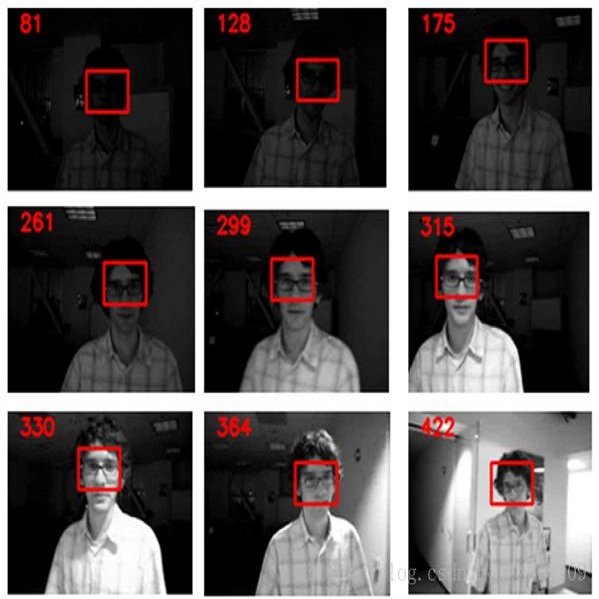Using Infrastructure-to-Vehicle (I2V) information can be of great benefit when driving autonomously in high-density traffic situations with limited visibility, since the sensing capabilities of the vehicle are enhanced by external sensors. In this research, a method is introduced to increase the vehicle's self-awareness in intersections for one of the largest foreseen challenges when using I2V communication: cyber security. The introduced anomaly detection algorithm, running on the automated vehicle, assesses the health of the I2V communication against multiple cyber security attacks. The analysis is done in a simulation environment, using cyber-attack scenarios from the Secredas Project (Cyber Security for Cross Domain Reliable Dependable Automated Systems) and provides insights into the limitations the vehicle has when facing I2V cyber attacks of different types and amplitudes and when sensor redundancy is lost. The results demonstrate that anomalies injected can be robustly detected and mitigated by the autonomous vehicle, allowing it to react more safely and comfortably and maintaining correct object tracking in intersections.
翻译:使用基础设施到车辆(I2V)信息,在高密度交通情况中自主驾驶且可见度有限时,会大有裨益,因为外部传感器提高了车辆的感知能力。在这项研究中,引入了一种方法,提高车辆在交叉点的自我意识,以应对使用I2V通信时所预见的最大挑战之一:网络安全。在自动车辆上采用的异常检测算法,评估I2V通信在多个网络安全攻击面前的健康状况。这项分析是在模拟环境中进行的,利用Secredas项目(Cyber Secredas Secredas Projective (Cyse-secle Secle Secle Secle Secle Secle Security Socure for Cymany Defaitable A自动化系统))的网络攻击情景,并揭示了该车辆在面对I2V不同类型和多度的网络攻击时以及在失去传感器冗余时遇到的限制。结果显示,自动车辆能够强有力地检测和减轻反常态,使其能够更安全、更舒适地作出反应,并在交叉处保持正确的物体跟踪。





